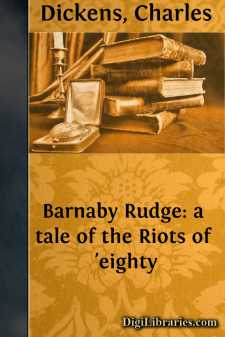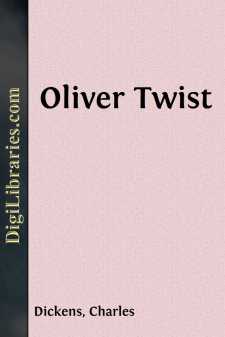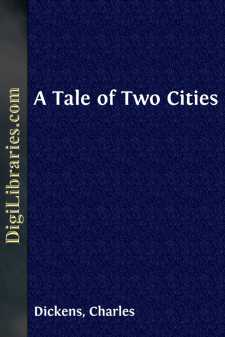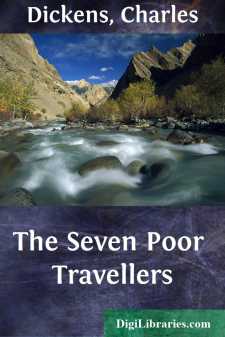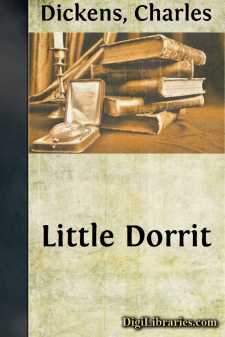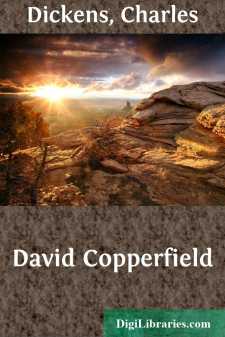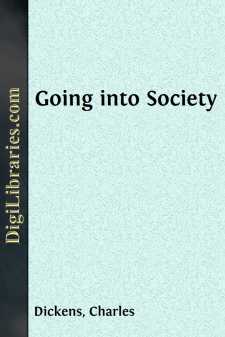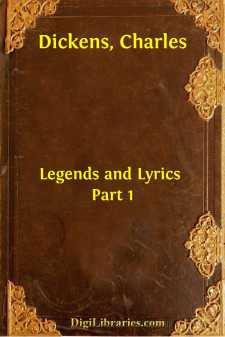Categories
- Antiques & Collectibles 13
- Architecture 36
- Art 48
- Bibles 22
- Biography & Autobiography 813
- Body, Mind & Spirit 142
- Business & Economics 28
- Children's Books 17
- Children's Fiction 14
- Computers 4
- Cooking 94
- Crafts & Hobbies 4
- Drama 346
- Education 46
- Family & Relationships 57
- Fiction 11829
- Games 19
- Gardening 17
- Health & Fitness 34
- History 1377
- House & Home 1
- Humor 147
- Juvenile Fiction 1873
- Juvenile Nonfiction 202
- Language Arts & Disciplines 88
- Law 16
- Literary Collections 686
- Literary Criticism 179
- Mathematics 13
- Medical 41
- Music 40
- Nature 179
- Non-Classifiable 1768
- Performing Arts 7
- Periodicals 1453
- Philosophy 64
- Photography 2
- Poetry 896
- Political Science 203
- Psychology 42
- Reference 154
- Religion 513
- Science 126
- Self-Help 84
- Social Science 81
- Sports & Recreation 34
- Study Aids 3
- Technology & Engineering 59
- Transportation 23
- Travel 463
- True Crime 29
Barnaby Rudge: a tale of the Riots of 'eighty
by: Charles Dickens
Categories:
Description:
Excerpt
Chapter 1
In the year 1775, there stood upon the borders of Epping Forest, at a distance of about twelve miles from London—measuring from the Standard in Cornhill,' or rather from the spot on or near to which the Standard used to be in days of yore—a house of public entertainment called the Maypole; which fact was demonstrated to all such travellers as could neither read nor write (and at that time a vast number both of travellers and stay-at-homes were in this condition) by the emblem reared on the roadside over against the house, which, if not of those goodly proportions that Maypoles were wont to present in olden times, was a fair young ash, thirty feet in height, and straight as any arrow that ever English yeoman drew.
The Maypole—by which term from henceforth is meant the house, and not its sign—the Maypole was an old building, with more gable ends than a lazy man would care to count on a sunny day; huge zig-zag chimneys, out of which it seemed as though even smoke could not choose but come in more than naturally fantastic shapes, imparted to it in its tortuous progress; and vast stables, gloomy, ruinous, and empty. The place was said to have been built in the days of King Henry the Eighth; and there was a legend, not only that Queen Elizabeth had slept there one night while upon a hunting excursion, to wit, in a certain oak-panelled room with a deep bay window, but that next morning, while standing on a mounting block before the door with one foot in the stirrup, the virgin monarch had then and there boxed and cuffed an unlucky page for some neglect of duty. The matter-of-fact and doubtful folks, of whom there were a few among the Maypole customers, as unluckily there always are in every little community, were inclined to look upon this tradition as rather apocryphal; but, whenever the landlord of that ancient hostelry appealed to the mounting block itself as evidence, and triumphantly pointed out that there it stood in the same place to that very day, the doubters never failed to be put down by a large majority, and all true believers exulted as in a victory.
Whether these, and many other stories of the like nature, were true or untrue, the Maypole was really an old house, a very old house, perhaps as old as it claimed to be, and perhaps older, which will sometimes happen with houses of an uncertain, as with ladies of a certain, age. Its windows were old diamond-pane lattices, its floors were sunken and uneven, its ceilings blackened by the hand of time, and heavy with massive beams. Over the doorway was an ancient porch, quaintly and grotesquely carved; and here on summer evenings the more favoured customers smoked and drank—ay, and sang many a good song too, sometimes—reposing on two grim-looking high-backed settles, which, like the twin dragons of some fairy tale, guarded the entrance to the mansion.
In the chimneys of the disused rooms, swallows had built their nests for many a long year, and from earliest spring to latest autumn whole colonies of sparrows chirped and twittered in the eaves....


